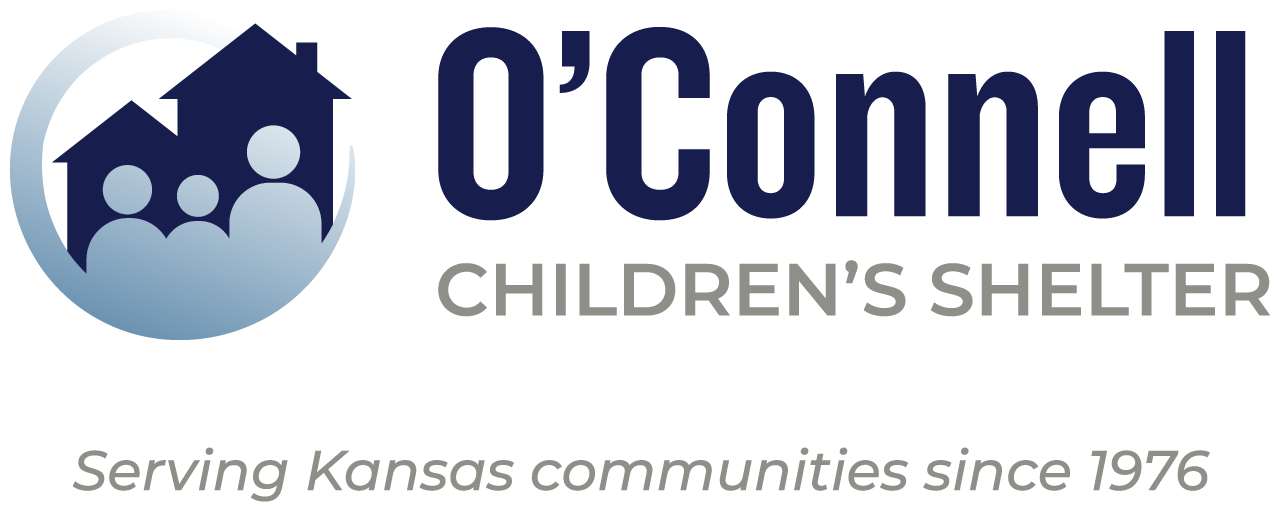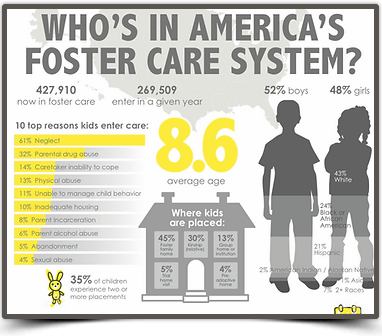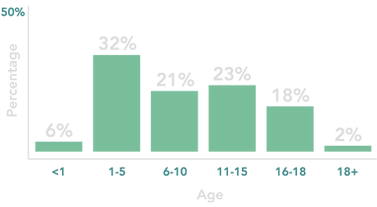Foster care provides temporary care for children and youth who are not able to live with their biological parents. When parents are unable, unwilling or unfit to care for a child, the child must be placed in a safe place. They become a ward of the state.
Children in foster care may live with relatives or with unrelated foster parents. Foster care can also refer to placement settings such as group homes, residential care facilities, emergency shelters, and supervised independent living.
How long children stay in foster care depends on their family situation and what options are available in their communities. For some children, their stay in foster care is brief; for others foster care lasts one to three years or, in some cases, longer.
The goal of foster care is to provide children with a safe, nurturing environment while their parents improve their ability to care for their children remove any threats to the child’s safety and well-being from the environment and, ultimately, reunite with their children.



 family well-being by intentionally and simultaneously working with children and the adults in their lives together. See Programs and Services for more information.
family well-being by intentionally and simultaneously working with children and the adults in their lives together. See Programs and Services for more information.